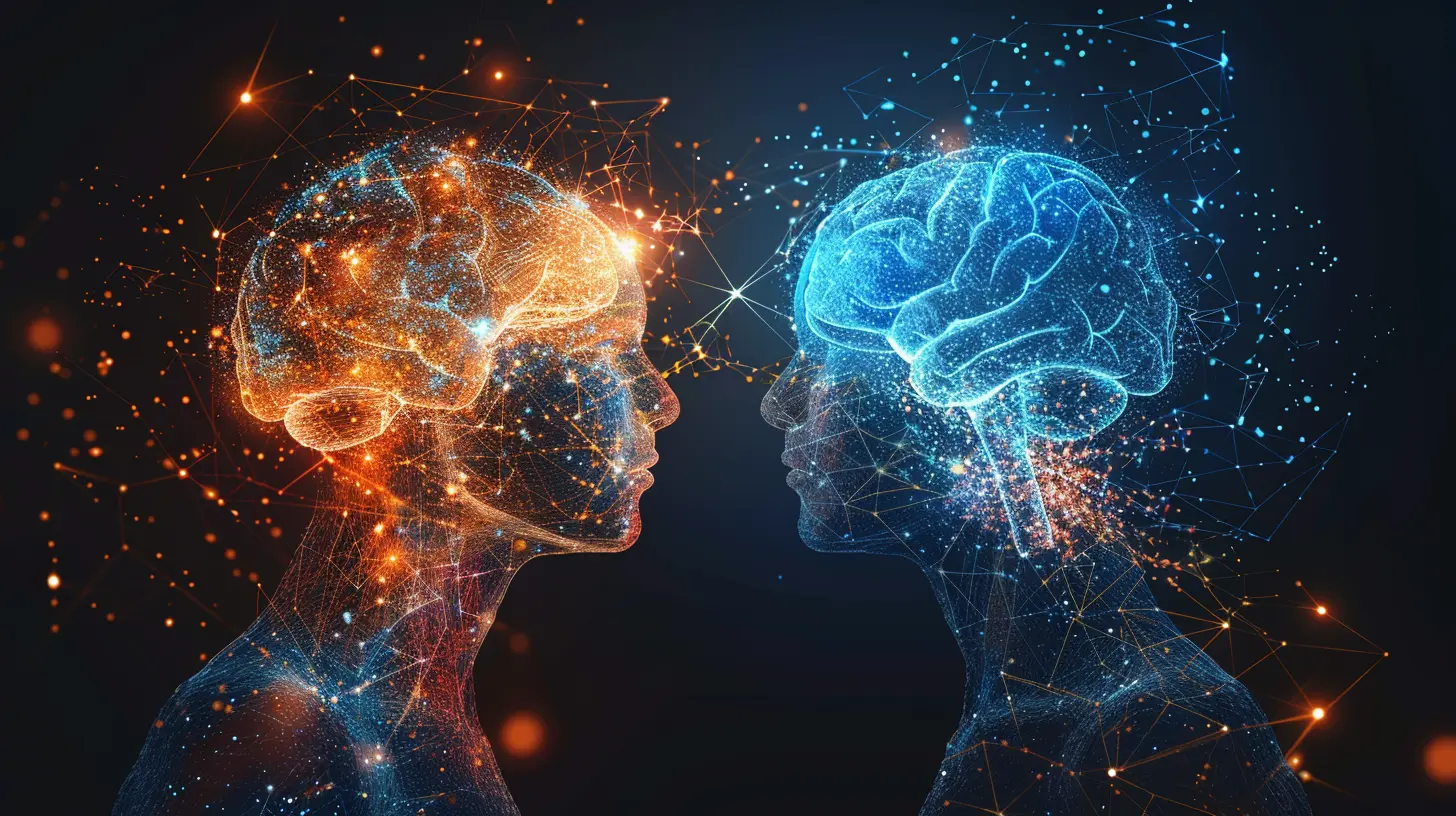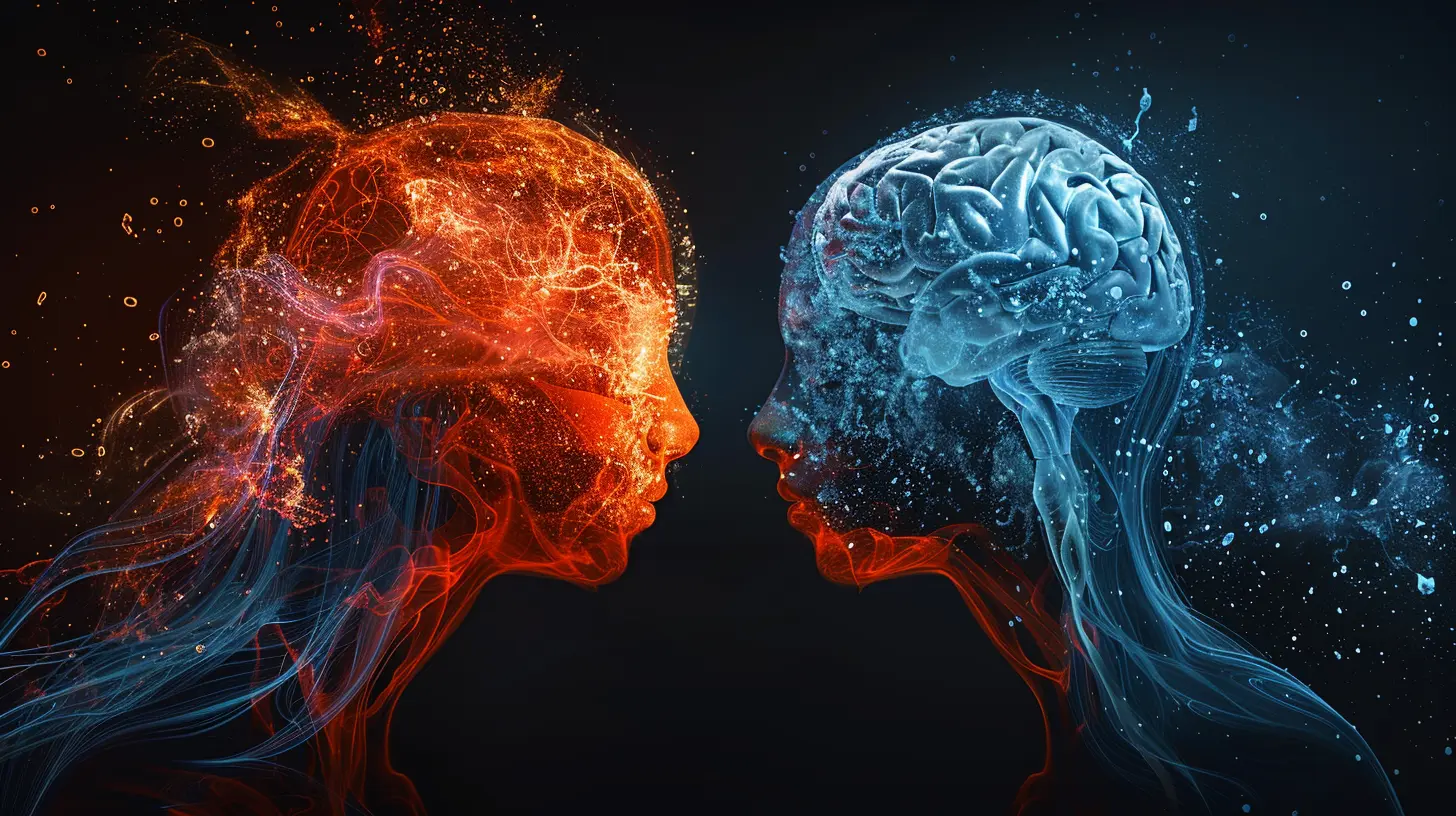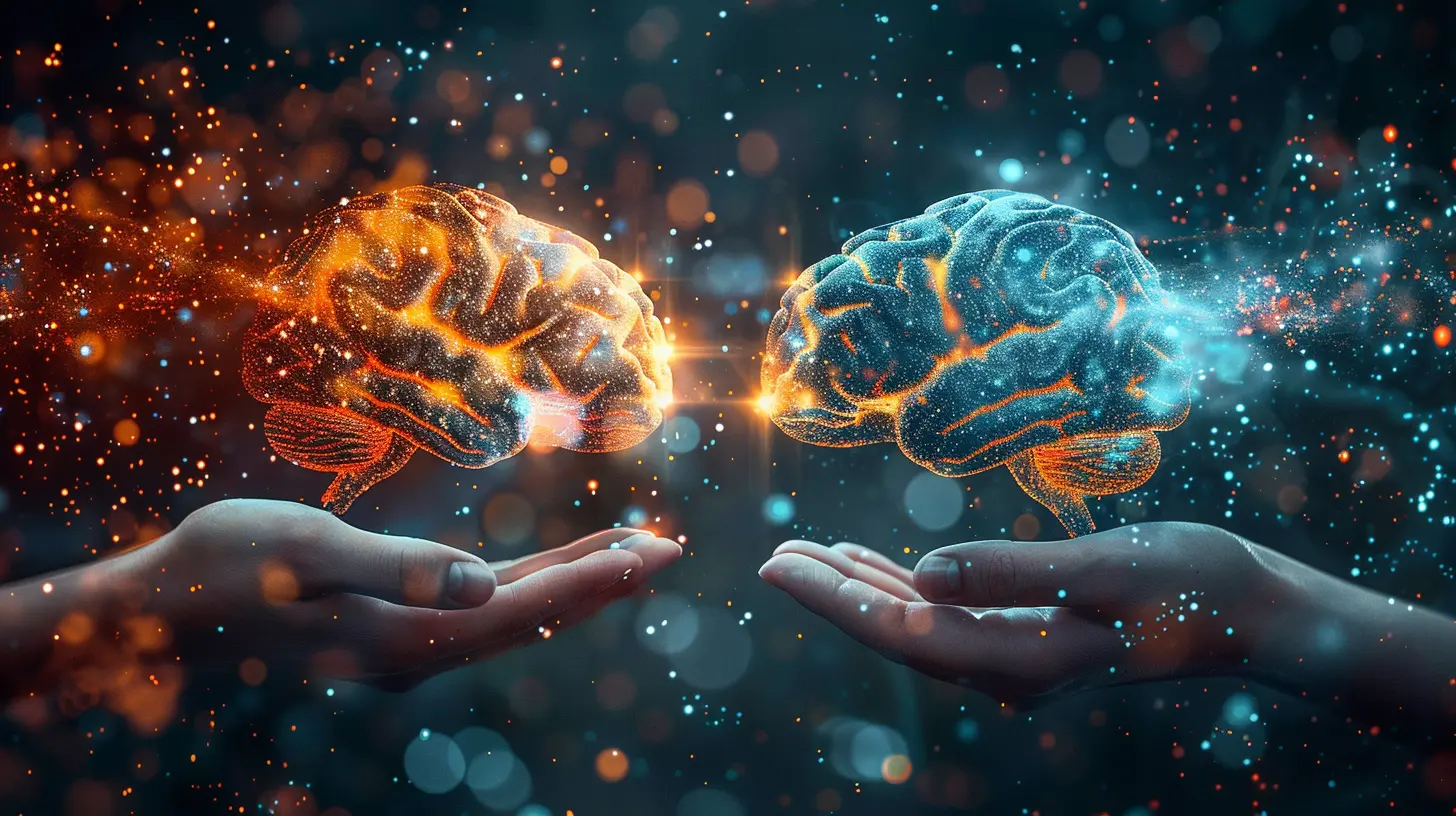The Neuroscience Behind Empathy: Understanding the Brain's Compassion Circuit
18 July 2025
Ever wondered why watching a sad movie can leave you in tears, even though it’s just fiction? Or why you instinctively reach out when you see someone trip? That’s empathy at work! But have you ever stopped to think about what’s actually happening in your brain when you feel someone else's emotions as if they were your own?
Buckle up, because we’re about to take a deep dive into the neuroscience behind empathy—what scientists like to call the brain’s compassion circuit.

What Is Empathy, Really?
In its simplest form, empathy is the ability to step into someone else's shoes and experience their emotions. But it's not just about "feeling" what others feel. Empathy has different layers:- Cognitive Empathy – Understanding someone’s emotions on an intellectual level. It’s what helps therapists and negotiators do their jobs.
- Emotional Empathy – Actually feeling what someone else is going through. If your best friend is crying and you feel a lump in your throat, that's emotional empathy at work.
- Compassionate Empathy – This is the gold standard. It’s when you not only understand and feel what someone else is experiencing but also take action to help them.
But what’s happening in our brains when we empathize? Let’s break down the science.

The Brain Regions Responsible for Empathy
Empathy isn’t just some fluffy, feel-good phenomenon—it’s deeply embedded in our brain structure. Several key areas are responsible for processing and responding to emotions:1. The Mirror Neuron System (MNS): Your Brain’s Emotional Wi-Fi
Ever yawn because someone else did? Or wince when you see someone stub their toe? That’s your mirror neurons in action. These specialized brain cells, located in the premotor cortex and inferior parietal lobule, "mirror" the emotions and actions of others, helping us understand and connect with them.Think of mirror neurons as mental Wi-Fi, allowing us to "sync up" with the emotions of those around us.
2. The Anterior Cingulate Cortex (ACC): The Emotional Command Center
This part of your brain bridges the gap between emotion and action. When you see someone in distress, the ACC lights up, motivating you to do something about it—like offering a tissue or a comforting hug.3. The Insula: The Empathy Translator
The insula is like an emotional radar. It helps us physically “feel” what others are feeling by translating their emotions into bodily sensations. That flutter in your chest when a friend gets exciting news? Thank your insula.4. The Amygdala: The Emotional Processor
The amygdala is your brain’s emotional alarm system. When it detects distress—whether yours or someone else’s—it triggers an emotional response. This tiny almond-shaped structure plays a major role in processing fear, sadness, and even joy.5. The Prefrontal Cortex (PFC): The Rational Empath
While the rest of your brain is busy firing off emotional reactions, the prefrontal cortex steps in to regulate and rationalize everything. It helps us decide how to respond to emotions rather than just feeling them without control.
Why Are Some People More Empathetic Than Others?
Ever met someone who just seems naturally tuned in to people’s emotions, while others are as emotionally aware as a brick? A lot of this boils down to biology, environment, and life experiences.Genetics vs. Environment
Some people are simply born with more active mirror neurons, making them naturally empathetic. Others develop empathy through life experiences—such as growing up in a nurturing environment or facing personal hardships that help them relate to others.Hormones Play a Role, Too
Hormones like oxytocin, often called the "love hormone," play a big role in empathy. Higher oxytocin levels have been linked to greater trust, bonding, and emotional sensitivity. If you’re feeling extra empathetic after hugging a loved one, that’s oxytocin working its magic.Personality Differences
Introverts and extroverts process empathy differently. Studies suggest that introverts may experience emotional empathy more intensely, while extroverts tend to excel in cognitive empathy—meaning they understand people’s emotions but don’t always feel them as deeply.
Can You Train Your Brain to Be More Empathetic?
Absolutely! Empathy isn’t just a fixed trait; it’s like a muscle—you can strengthen it with practice.1. Practice Active Listening
Instead of waiting for your turn to talk, really tune in to what the other person is saying. Nod, maintain eye contact, and respond thoughtfully.2. Step Into Someone Else’s Shoes
If you find yourself judging someone, pause and ask: “What might they be going through that I don’t see?” Changing perspective can rewire your brain for empathy.3. Read Fiction
Believe it or not, reading novels—especially ones with complex characters—has been shown to improve empathy. It forces your brain to imagine different realities and emotions.4. Meditate on Compassion
Practices like loving-kindness meditation (LKM) have been scientifically proven to increase feelings of compassion and empathy by strengthening the neural pathways linked to positive emotions.5. Engage in Meaningful Conversations
Instead of small talk, dive deeper. Ask your friends about their fears, dreams, and struggles. The more we connect on a human level, the stronger our empathy becomes.When Too Much Empathy Can Be a Bad Thing
Believe it or not, there’s such a thing as too much empathy. Constantly absorbing others' emotions can lead to empathy burnout, where you feel emotionally drained, anxious, or even depressed.This is particularly common among healthcare workers, therapists, and caregivers—people whose jobs require them to be emotionally available to others all the time.
How to Set Emotional Boundaries
- Practice Self-Care: You can’t pour from an empty cup. Make time for activities that recharge you.- Learn the Difference Between Sympathy and Empathy: Sympathy is feeling for someone, while empathy is feeling with them. Sometimes, a little emotional detachment is healthy.
- Develop Emotional Resilience: Train your brain to acknowledge others' emotions without letting them overwhelm you. Activities like journaling and mindfulness can help.
Empathy: The Glue That Holds Society Together
Let’s face it—without empathy, we'd live in a pretty cold, indifferent world. It’s what makes us human, binding us together through shared emotions and experiences. Whether it’s comforting a friend, understanding a stranger’s struggle, or even just laughing at the same joke, empathy connects us in ways we often take for granted.So, the next time you tear up at a heartfelt movie scene or instinctively reach out to help someone, remember—your brain’s compassion circuit is working at full speed. And that’s a beautiful thing.
all images in this post were generated using AI tools
Category:
EmpathyAuthor:

Alexandra Butler
Discussion
rate this article
2 comments
Haze McElroy
Who knew our brains had a compassion circuit? Mine must be on a coffee break! Let’s hope it comes back for my next family gathering!
November 12, 2025 at 5:25 AM

Alexandra Butler
It's interesting how our brains can sometimes take a break! Hopefully, that compassion circuit will be fully charged by your next gathering.
Erin Nguyen
This article brilliantly unravels the complex neural mechanisms that underpin empathy. Understanding the brain's compassion circuit not only deepens our appreciation for human connection but also highlights the importance of fostering empathy in our daily lives to enhance relationships and societal well-being.
July 27, 2025 at 4:51 PM

Alexandra Butler
Thank you for your thoughtful comment! I'm glad you found the article insightful in highlighting the significance of empathy and its impact on our relationships.


